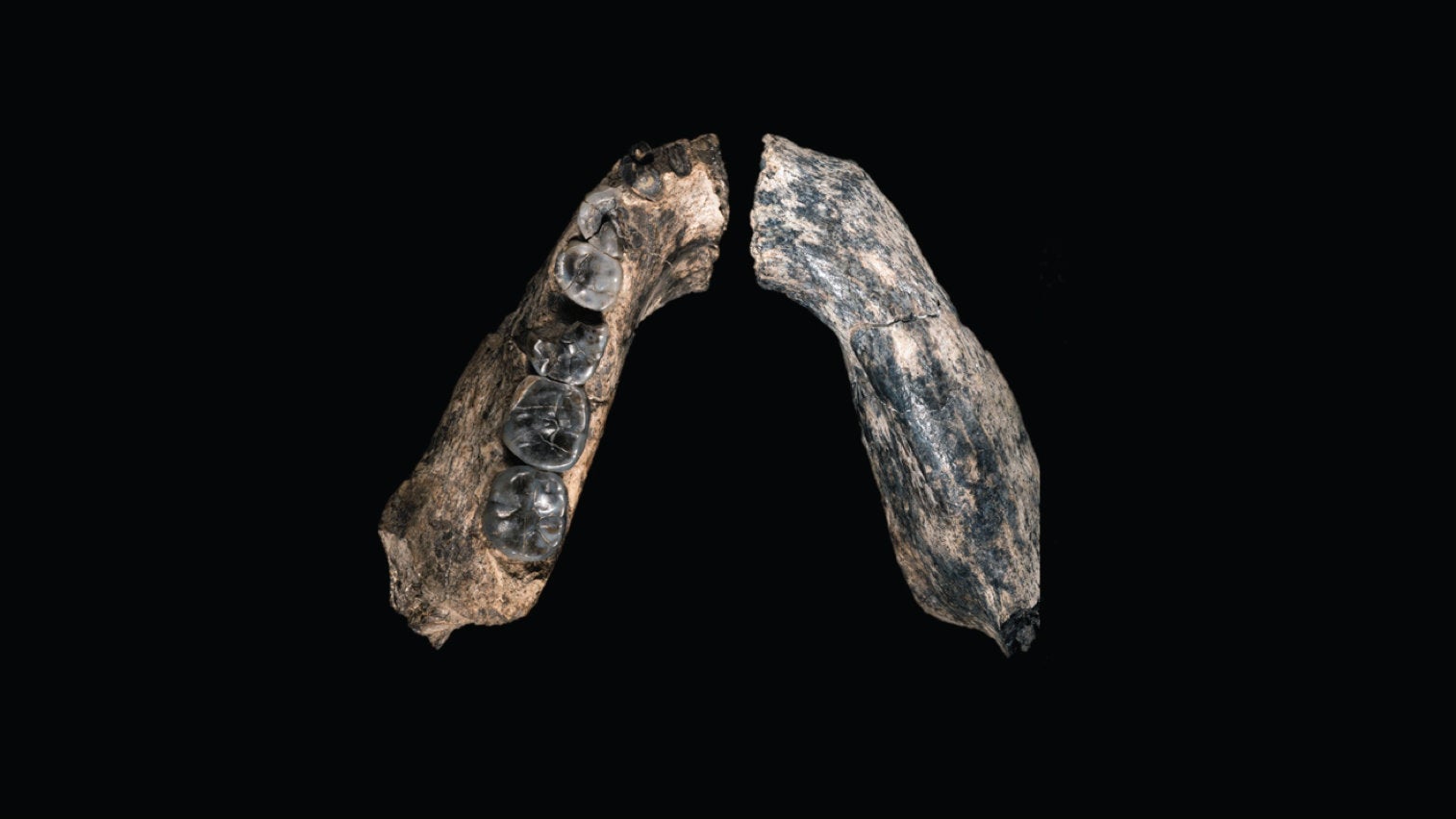Looks like humans are actually hundreds of thousands of years older than we originally thought
A piece of fossilized jaw bone—complete with teeth—found by a student in Ethiopia, is leading scientists to believe humans may have been around for 400,000 years longer than previously thought.


A piece of fossilized jaw bone—complete with teeth—found by a student in Ethiopia, is leading scientists to believe humans may have been around for 400,000 years longer than previously thought.
A paper published in the journal Science this week revealed the discovery of the partial mandible in Ethiopia’s Afar state. It establishes the presence of early humans in the area almost half a million years earlier than had been proved by the scarce existing fossil record, the journal said.
The 2.8-million-year-old chunk of bone was found by an Ethiopian student, Chalachew Seyoum. He told the BBC he was “stunned” by a find that immediately seemed significant.
It comprises the left side of an adult lower jaw, and has canine teeth, premolars and molars. These teeth are a key: they are smaller than those of other hominins living nearby.
Much older hominins, or human-like primates, have been found in the same area. But the new fossil could provide a link between those primates and the very first humans.
The new discovery “pushes the human line back by 400,000 years or so,” making it a likely indicator of such a transition, professor William Kimbel, director of Arizona State University’s Institute of Human Origins, told the BBC.
Or, for anyone out there who speaks Science: “For all of these reasons, we consider the hypothesis that posits LD 350-1 as representing a population ancestral to ~2.4-2.3 Ma Homo, to the exclusion of A. garhi, to be more parsimonious than ones that include this taxon in the Homo lineage”.